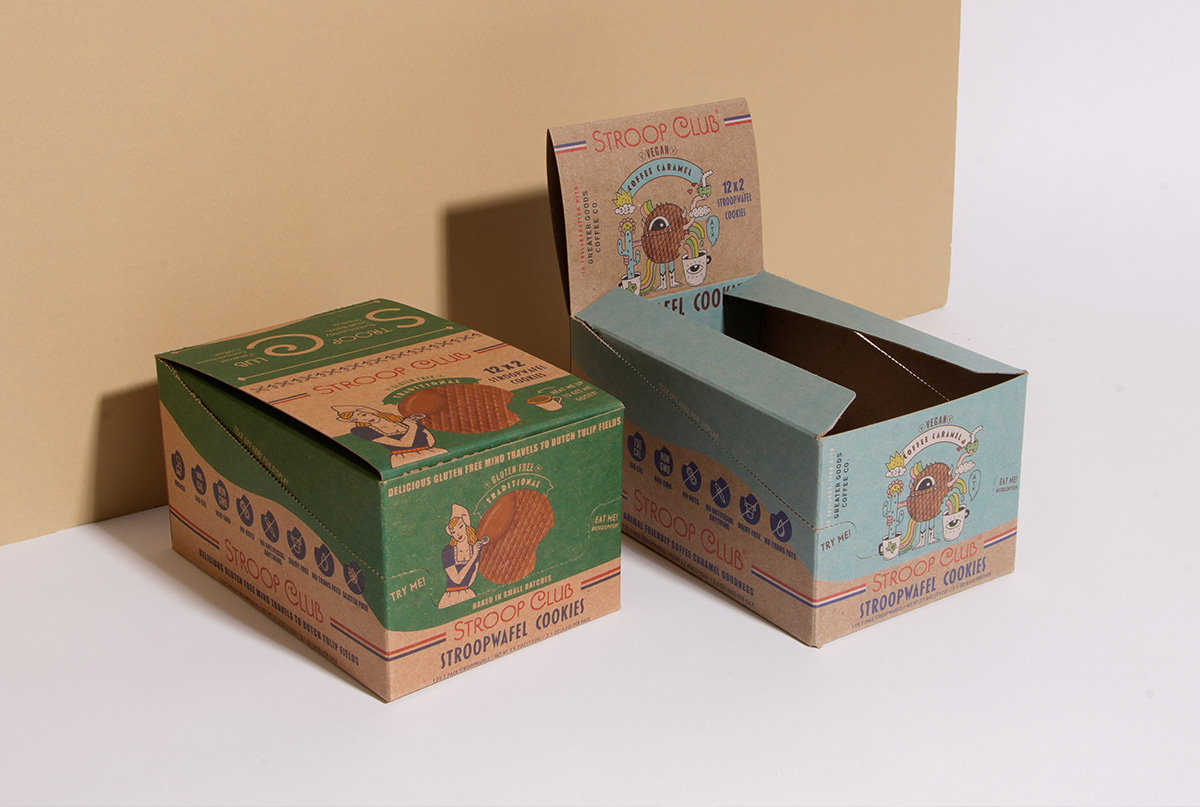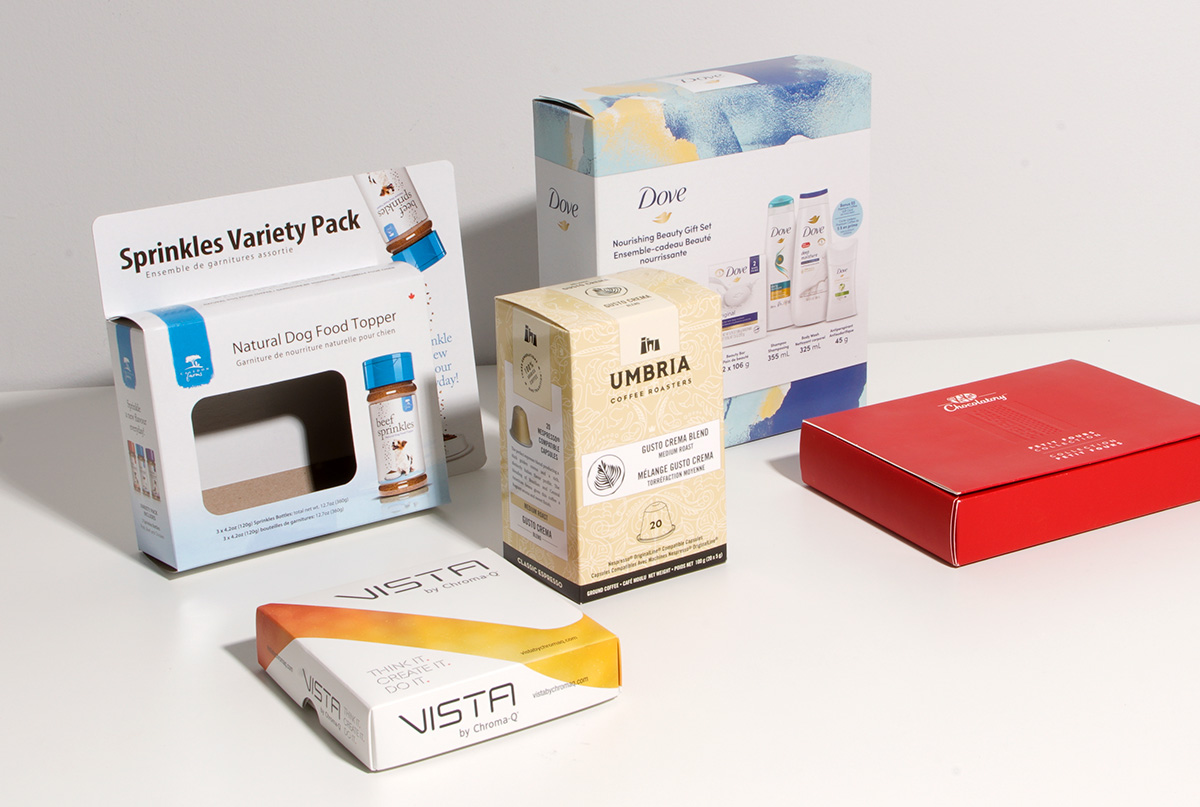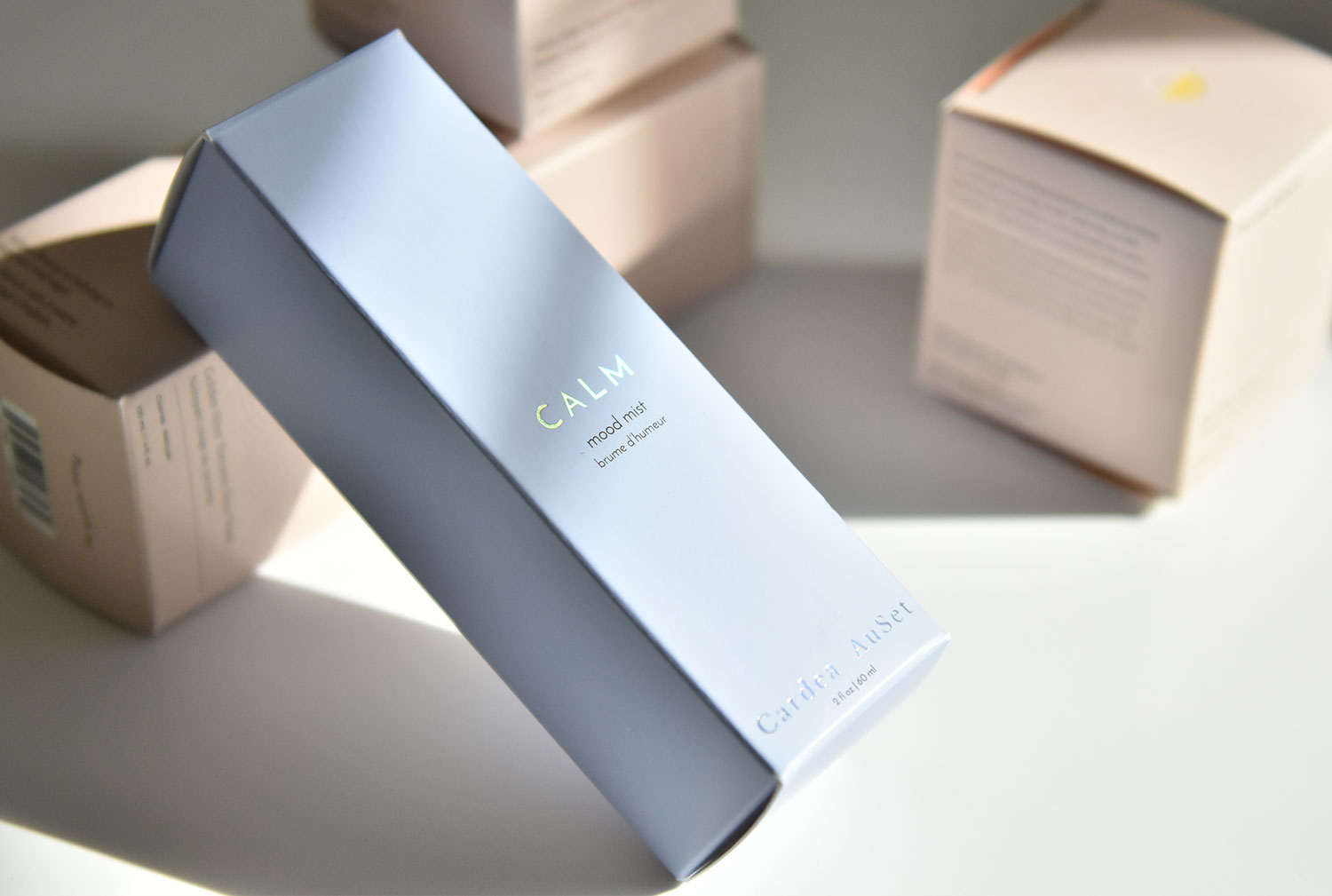Some product packaging trends apply across industries, while others are specific to individual industries. The next time you redesign your food product packaging keep the following best practices in mind.
Maintain Your Branding
Whether you sell food or another product, you should always make sure that your packaging reflects your overall brand image. You want to use the same color palette and fonts as on your website and in other media.
You should also make sure to convey an attitude that aligns with your brand. For example, do you want your brand to seem upscale? Should it be natural? Should it be friendly or edgy?
Meet Food Packaging Regulations
Early on in the process, ensure that your packaging meets all legal requirements. From a labeling perspective, you need to have the ingredients and nutritional information on the packaging. But there are also sanitary requirements to protect the food and keep it fresh.
Tell Customers the Essentials
Once you include all required information on your food packaging, decide what else you want to include. At the very least, make sure that customers know what your food product is and how to prepare it if any special instructions are required. You also want to include information on whether your product is recyclable or how it can be reused.
Protect the Food
It should go without saying that your food packaging needs to protect the items within. The best packaging will prevent products from cracking or becoming otherwise damaged. If your product needs to stay cold, make the packaging refrigerator-friendly and consider adding some insulation to keep it cool when in transport.
Show Off the Food
The best food packaging gives customers a glimpse of the food. You can do this in one of two ways. One option is to include a window or cut-out on the box that exposes the product underneath. Or you can include an image of the food item. For example, ice cream cartons typically feature a photo of a scoop of the given flavor.
Think About Serving Sizes and Uses
Think about how your customers typically consume your food product. If you want it to be a grab-and-go snack, consider single-serving packages. If you want it to be family-friendly, opt for a larger bag. You may even want to offer a variety of sizes to fit the needs of your entire audience.
In the case of foods meant for convenience, think about what else you can add to make your product appealing. For example, should you add a compostable spoon to your single-serving yogurt packaging? Or a straw to your single-serving beverage carton?
Consider Limited Editions
In addition to your standard food product packaging, try to create a design that can be easily modified for new product lines or limited-edition products. This will let you take advantage of holidays and special events to promote your brand. A classic example of this is winter versions of food packaging with snowflakes on them. Best of all, with short-run packaging, limited editions are feasible for even smaller companies with lower production numbers.
Conclusion
With the above tips in mind, your food product packaging will fit your brand image, appeal to your customers, and protect your product.




